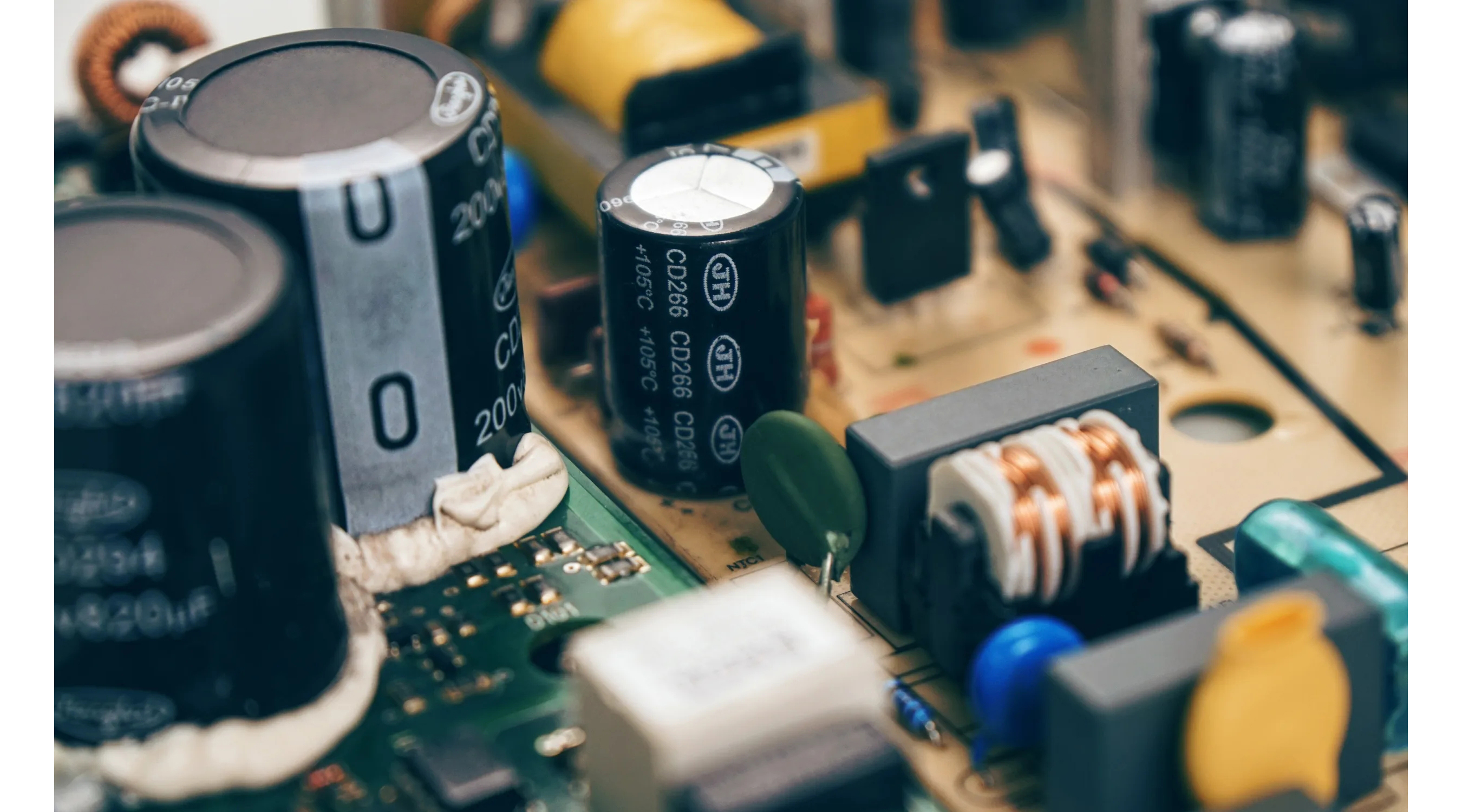
新闻资讯banner
Types and advantages of PCBA flexible circuits
- Categories:PCBA technical articles
- Author:SAJ
- Origin:
- Time of issue:2021-08-05
- Views:0
(Summary description)The PCBA board is the finished product formed by the PCB after the manufacturing process of SMT patch, plug-in and PCBA testing. Almost all electronic products need to use the PCBA board. With the continuous development of the electronics industry, the size of the circuit board is getting smaller and smaller, which means that the density between the components is getting larger and larger. Therefore, there is the emergence of flexible circuit boards.
Flexible circuit boards (also known as "soft boards"), as the name suggests, are printed circuits made of flexible insulating substrates. Flexible circuits can not only provide excellent electrical performance, meet the design needs of smaller and higher-density installations, but also help reduce assembly processes and enhance reliability.
In fact, when it comes to the nature of circuits, whether they are flexible or rigid, they are divided into many...
Types and advantages of PCBA flexible circuits
(Summary description)The PCBA board is the finished product formed by the PCB after the manufacturing process of SMT patch, plug-in and PCBA testing. Almost all electronic products need to use the PCBA board. With the continuous development of the electronics industry, the size of the circuit board is getting smaller and smaller, which means that the density between the components is getting larger and larger. Therefore, there is the emergence of flexible circuit boards.
Flexible circuit boards (also known as "soft boards"), as the name suggests, are printed circuits made of flexible insulating substrates. Flexible circuits can not only provide excellent electrical performance, meet the design needs of smaller and higher-density installations, but also help reduce assembly processes and enhance reliability.
In fact, when it comes to the nature of circuits, whether they are flexible or rigid, they are divided into many...
- Categories:PCBA technical articles
- Author:SAJ
- Origin:
- Time of issue:2021-08-05
- Views:0
The PCBA board is the finished product formed by the PCB after the manufacturing process of SMT patch, plug-in and PCBA testing. Almost all electronic products need to use the PCBA board. With the continuous development of the electronics industry, the size of the circuit board is getting smaller and smaller, which means that the density between the components is getting larger and larger. Therefore, there is the emergence of flexible circuit boards.
Flexible circuit boards (also known as "soft boards"), as the name suggests, are printed circuits made of flexible insulating substrates. Flexible circuits can not only provide excellent electrical performance, meet the design needs of smaller and higher-density installations, but also help reduce assembly processes and enhance reliability.
In fact, when it comes to the nature of circuits, whether they are flexible or rigid, they are divided into many types. Today, Sanjing will mainly show you the types of flexible circuits.
1. Flexible circuit with two-way access. This kind of circuit can access conductive materials from both sides of the flexible circuit.

2. Double-sided flexible circuit. A circuit with two conductive layers, the two conductive layers are respectively located on two sides of the circuit base layer. According to specific requirements, wiring patterns can be formed on the two sides of the substrate sheet, and the wiring on the two sides can be interconnected through copper-plated through holes.
3. Multilayer flexible circuit. Combine several single-sided circuits or double-sided circuits with complex interconnections. In multi-layer designs, shielding technology and surface mount technology are often used.
4. Rigid flexible circuit. Combining the advantages of the rigid printed circuit board and the flexible circuit board, the circuit is usually interconnected through plated through holes between the rigid circuit and the flexible circuit.
Next we mainly understand what are the advantages of flexible circuits.
One of the main advantages of flexible components is that the wiring is not easy to make mistakes and can replace labor-intensive manual wiring. Unlike rigid circuits, flexible circuits can be designed into complex three-dimensional structures. Why do you say that? Because the materials used in flexible circuits can be bent back and forth numerous times, it means that they can be applied to highly repetitive components, such as printing heads. In addition, because the dielectric material and conductor lines of the flexible circuit are very thin, it is the best substitute for rigid circuit boards and wires.
Finally, I believe that with the development of science and technology in the future, the volume of electronic products will become smaller and smaller, and the demand for flexible circuit boards will also increase.
The above is the relevant introduction about PCBA flexible circuit, I hope it can be helpful to everyone!
Scan the QR code to read on your phone
Copyright©Sanjing Electronic Technology Co., Ltd. All Rights Reserved 粤ICP备09210657号



 400-1668-717
400-1668-717

 Feedback
Feedback 